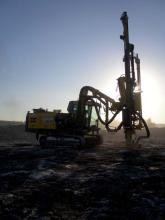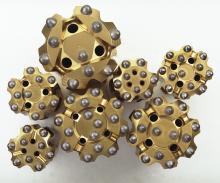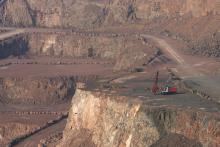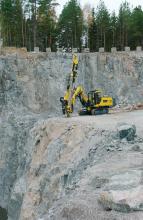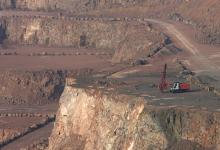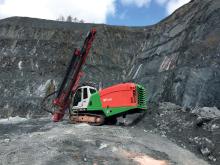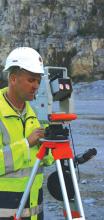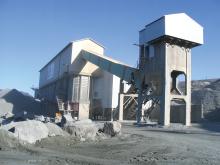
Advances in technology are helping to deliver both improved hole straightness and BLAST detonations for better fragmentation
No matter how carefully the load and haul functions and crushing and screening processes have been designed, if the feed stock does not match the design, any efficiencies are lost. Improvements in drilling techniques and blasting technology are helping to deliver benefits that mean the actual blast matches the design more closely than ever before.
Reduced flyrock and better breaking are just two of the benefits to quarry operators of these advances but the biggest gains must be in terms of reduced costs and vibration. Better blasting is helping to minimise the amount of explosives needed and adding productivity throughout the production by achieving the optimum fragmentation.
Technology
One of the biggest advances in terms of drilling technology has been the addition of GPS capabilities to rigs. Use of modern laser scanning techniques means that the blast design is more bespoke than ever before, but this calls for precise blast hole drilling and this is what GPS has added to the process.
GPS technology ensures that not only is the hole collared in the correct location without the need for positions to be surveyed and marked, the bore is more straight and true to the planned azimuth than was previously possible.
Introduction of new software that can plan blasts in real time also remove the problems associated with not being able to drill holes in the planned positions. Such software can recalculate the ideal hole length and orientation required to deliver the blast outcome needed based on a slightly offline hole position from the original design.
According to Germany-based
While advances in positioning and alignment are helping to improve hole straightness, Atlas Copco has said that selecting the right tool for the application is still important. To emphasise this message, the company points to its recent work with the drilling and blasting contractor working in
Atlas Copco suggested the company use the Secoroc Coprod top hammer drilling system and B&G trialled a ROC L7 40 CR drill rig, fitted with the system and a COP 4050HE-CR rock drill.
The system was used to drill 165mm diameter holes 15 to 18m long with a 5.6 by 4.2m spacing into the ganodiorite, which has a high volume of quartz making it an abrasive material. B&G has said that it has been impressed with the result in terms of both straightness and also drill rate.
Environmental advances
Silenced rigs launched in the last few years have significantly reduced the noise associated with drilling. While these were intended for use on construction sites, some quarries with close neighbours have also found the systems to be useful.
The next issue that rig designs need to tackle more effectively is that of dust - something
Vibration is a major issue concerning quarry operators when it comes to blasting and trying to minimise the impact on neighbours around the quarry is an important task.
"Detailed quarry design is needed to ensure vibration is within specified guidelines but wider adoption of electronic detonators is also helping to optimise the timing to minimise the vibration and improve the quality of the blast," said
"Electronic detonators came on the market a few years ago - they are expensive but more and more companies are now using them and seeing the benefits." In addition to providing consultancy services to the quarry sector, GWP also has a cooperation with
The cooperation started off as a PhD study to optimise use of electronic detonators at

